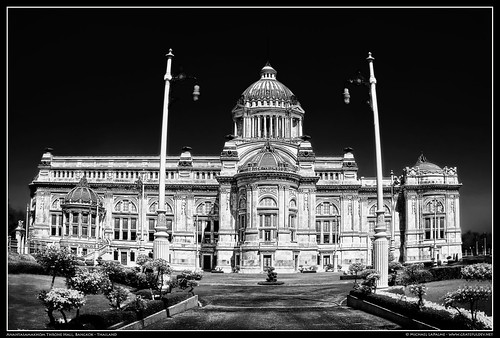

Venezuela 2 Bolivares 2008 series UNC
Front Design: Sebastián Francisco de Miranda y Rodríguez March 28, 1750 - July 14 1816),
Back Design: Orinoco River Dolphins with Coro Dunes
In 1940, the Banco Central de Venezuela began issuing paper money, introducing by 1945 denominations of 10, 20, 50, 100 and 500 bolívares. 5 bolívar notes were issued between 1966 and 1974, when they were replaced by coins. In 1989, notes for 1, 2 and 5 bolívares were issued.
Set of 2008 series..

 Statue of Francisco de Miranda in Fitzroy Street, London.
Statue of Francisco de Miranda in Fitzroy Street, London.Sebastián Francisco de Miranda y Rodríguez commonly known as Francisco de Miranda, was a Venezuelan revolutionary. Although his own plans for the independence of the Spanish American colonies failed, he is regarded as a forerunner of Simón Bolívar, who during the Hispanic American wars of independence successfully liberated a vast portion of South America. Miranda led a romantic and adventurous life. An idealist, he developed a visionary plan to liberate and unify all of Spanish America but his own military initiatives on behalf of an independent Spanish America failed in 1812. He was was handed over to his enemies and four years later, in 1816, died in a Spanish prison. Within fourteen years of his death, however, most of Spanish America was independent.
Information and Image obtained From Wikipedia, the free encyclopedia













































